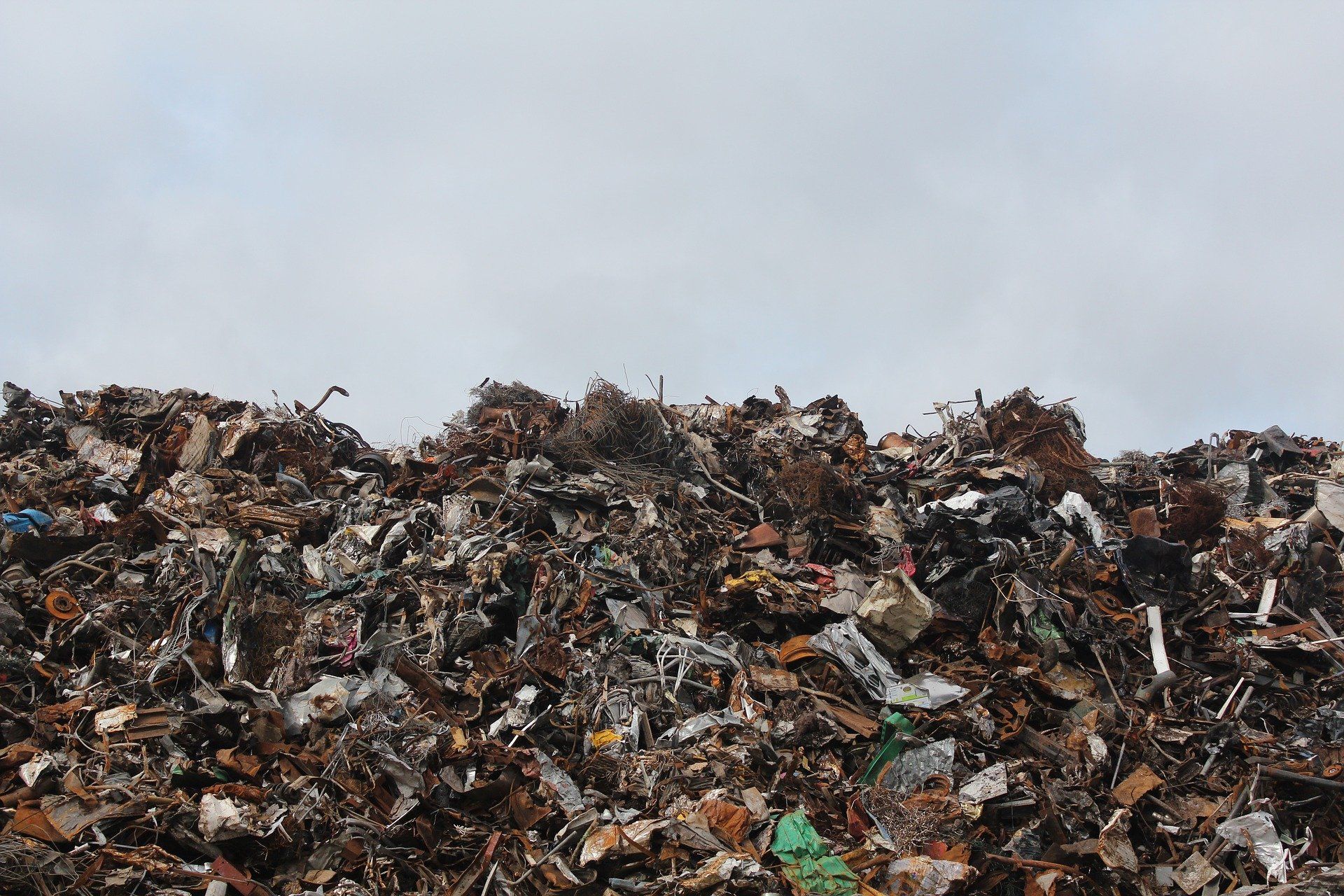
New stats reveal Scotland is sending more waste to incineration and landfill
New statistics reveal that Scotland sent more waste to incineration and landfill in 2021 than in 2020. Environmental campaigners say this is a sign the Scottish Government’s waste policies are failing.
Waste statistics published this week (27 September) show a 7% increase in incineration and a 22% increase in landfill in a single year. Incineration rates have risen by over a million tonnes since 2013, quadrupling the amount of waste burnt in Scotland. For landfill, the 2021 increase is, by far, the largest increase in year-on-year waste sent to landfill since 2005.
Kim Pratt, circular economy campaigner at Friends of the Earth Scotland said: “The rise in waste being disposed of in Scotland is truly alarming. The long term rise in incineration should be a wake up call to the Scottish Government that its waste policies are not working and that big changes are needed. The moratorium on incineration is a vital first step but it must now be backed up with a planned phase out of existing incinerators.
“Burning waste means less resources are recycled. People care a lot about recycling but if we don’t have the right waste management system, our efforts will be in vain.
“Scotland must transform the way it uses materials and waste less to reduce our impact on the planet. It’s vital more is done to prevent valuable reusable or recyclable materials burning in incinerators or ending up in landfill. Ensuring waste is not created in the first place is the best way to reduce its environmental impacts – if waste is created, we must recycle as much of it as possible.”
Incinerators emit greenhouse gases from the waste they burn. When biodegradable waste is landfilled it can escape as methane which is a powerful greenhouse gas and contributes to climate change. When waste is sent to landfill and incineration it means less recycling can happen and more resources are taken from nature.
The Scottish Government has recently consulted on a new circular economy law and route map to reduce waste.
SEPA waste data: https://www.sepa.org.uk/environment/waste/waste-data/waste-data-reporting/waste-data-for-scotland/
FoES response to the introduction of a moratorium on incinerators: https://foe.scot/press-release/scottish-government-announce-moratorium-on-incineration/
FoES response to the Circular Economy consultation: https://foe.scot/resource/response-to-the-circular-economy-bill-consultation/
